Seafood enterprises change their strategy of keeping export orders
| Seafood exports in April dropped by nearly 30% | |
| Seafood enterprises adjust their revenue in 2023 because of difficulties in exporting | |
| Seafood exports to China are still demanding |
 |
| Seafood processing at Thong Thuan Co., Ltd. Photo provided by the company |
Deep processing increases the value of export goods
Truong Huu Thong, Director of Thong Thuan Co., Ltd., said that after the pandemic, there was a war, and the world economy declined a lot, especially the European, Japanese and American markets. For Thong Thuan, these three markets account for over 90% of the market share. These three markets are severely affected by inflation, high Fed interest rates and tight monetary policies in Europe and the US. In 2023, exports will decline, especially in Thong Thuan, and will be reduced by more than 20% in export orders compared to 2022, but still maintain jobs for officials, employees and cash flow.
In particular, Thong Thuan innovates the way of selling, saving and cutting costs, finding a suitable shrimp farming plan with a lower price. In the current economic context, other industries such as leather and footwear, textiles, and furniture have all decreased deeply, but seafood is still an essential commodity, so there is a more positive trend. In this year's conditions, businesses must be flexible and look at the market situation to find solutions to adapt and cope with difficulties. The production situation and the number of employees of the company are still stable, maintaining export orders because the company has switched to making value-added goods such as sushi, bread, and tempura.
As one of the leading enterprises in exporting pangasius, Vinh Hoan's exports decreased quite deeply in the first 5 months of 2023, including to traditional markets. Ms Truong Thi Le Khanh, Chairman of Vinh Hoan Joint Stock Company, said that Pangasius exporters had expanded their export markets to more than 140 countries.
However, according to Ms Khanh, the Pangasius processing industry still uses many unskilled workers, which will be a challenge in the future. Therefore, using machinery and technology in production to reduce labour-intensive stages will be the solution for the industry to overcome this danger. The pangasius industry needs to invest in technology and overcome the challenges of increasingly strict requirements on the environment and social security; a flexible and open mechanism and the determination of the State are also necessary factors to encourage enterprises to accelerate the implementation of export development programs for deeply processed products.
Sharing the way of his business, Mr Doan Van Dong, Director of Can Tho Seafood Import-Export Co., Ltd., said that the difficult situation in 2023 may last until the end of 2024, as many people think. Therefore, businesses must find a way to survive and identify challenges, difficulties, and specific situations to overcome. If the business expanded its products before, now only focus on the operating works, deeper quality and production costs. Value-added products from Vietnam's shrimp are almost saturated. Therefore, businesses should focus on existing products, improving quality, packaging and designs so markets and new customers are not expanded, focusing on keeping existing and traditional customers, improving equipment with more modern machinery and factories, taking care of workers, increasing wages to keep skilled workers, ensuring stable labour, improving skills, and striving to stabilize production through this period.
Market restructuring
Facing difficulties caused by declining orders in key markets, Vietnamese seafood enterprises are innovating products, promoting trade, and restructuring markets.
Mr Pham Hoang Viet, General Director of Sao Ta Food Joint Stock Company (FIMEX VN), said that to compensate for the decline in large markets such as the US and EU, many businesses have had to shift their exports to other markets, including Japan. In the Japanese market, the amount of inventory is not much, so the purchasing power is still good, but because inflation leads to limited consumption, consumers tighten spending. However, to penetrate this market, it is necessary to ensure stable supply, good quality and traceability.
"It is expected that the market will be very gloomy from now to the end of the year. Purchasing power in the US market will remain low because of large inventories. Businesses that want to maintain must find other markets. Small markets such as in Asia, such as Hong Kong, Taiwan have better purchasing power because they do not have inventory, so they buy and sell more often."- Mr Viet said.
Mr Tran Thien Hai, Chairman of the Board of Directors of Minh Hai Seafood Joint Stock Company (SEA MINH HAI), has many new challenges facing Vietnam's shrimp industry. The advantages of Vietnam in the past had many processing factories, with relatively processing technology, and high processing skills, making the market quite good. But now, what we think we have our strengths, the surrounding countries and rival countries have done it all. Our current weakness is the farming sector. Shrimp farming in Vietnam is still very fragmented.
Meanwhile, shrimp farming is the strength of surrounding countries such as India, Bangladesh and Ecuador. Once this problem has been identified, Vietnamese enterprises want to be developed in the future. It is necessary to reconsider the available problems.
"If in the past we put the role of seafood processors as the focus in the value chain, now we should put the role of farmers as the focus in the value chain," said Mr Hai.
Talking about solutions to keep the export market, Mr Le Van Quang, General Director of Minh Phu Group, compared the cost of shrimp production between 3 competitors, Vietnam, Ecuador, and India, the cost of raising shrimp of large size of 50 fish/kg of Ecuador is only USD 2.2-2.4/kg, India is USD 3.4-3.8/kg while Vietnam is from USD 4.8-5.0 /kg. Shrimp India, Ecuador; although the selling price is low, they are still profitable because their production cost is low.
Faced with the above fact, Vietnamese processing enterprises have to manage so that the purchase price of raw shrimp is not too low because they are afraid that if they buy the price too low, people will not raise shrimp anymore. Enterprises must find ways to produce value-added and convenient goods to raise the selling price to earn a profit.
Mr Vo Van Phuc, Chairman of the Board of Directors and General Director of Clean Vietnam Seafood Joint Stock Company, said that Vietnam's shrimp industry faces two challenges. First, the economy is shrinking due to the effects of inflation, which reduces consumption. Secondly, competition between countries is increasingly fierce, specifically for the supply of cheaper shrimp from India, Ecuador and Indonesia. The world crisis will never stop. Therefore, the consumption market will be difficult, along with the strategic challenge of cheap shrimp supply, while oversupply makes the price of finished shrimp low, even lower than the price of raw materials.
Related News
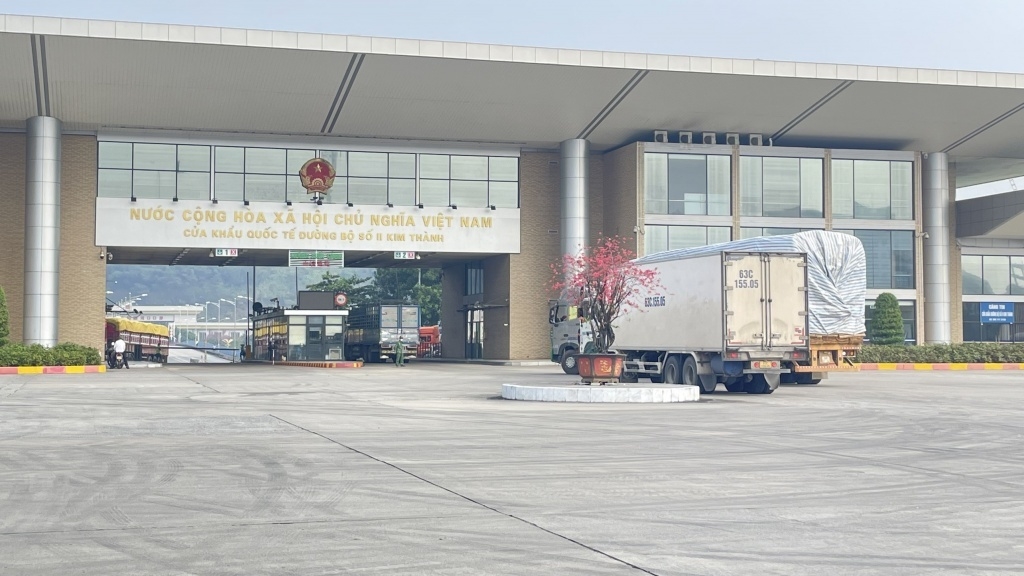
Import and export turnover reaches about US$29 billion in the second half of January 2025
14:52 | 14/02/2025 Import-Export
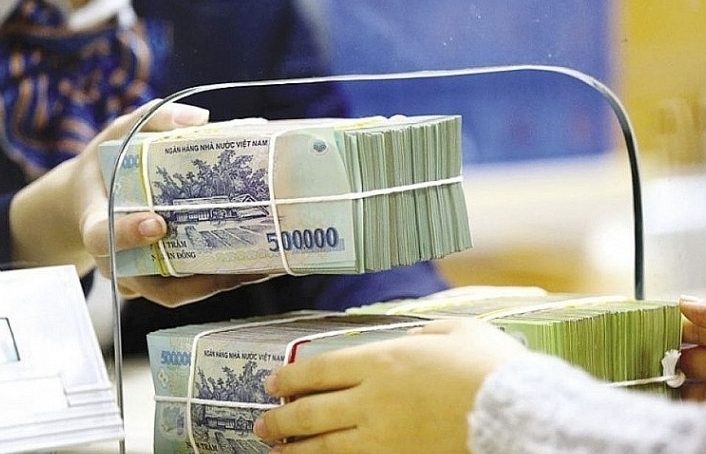
State revenue in first month of the year equal to 14% of the estimate
10:12 | 11/02/2025 Finance
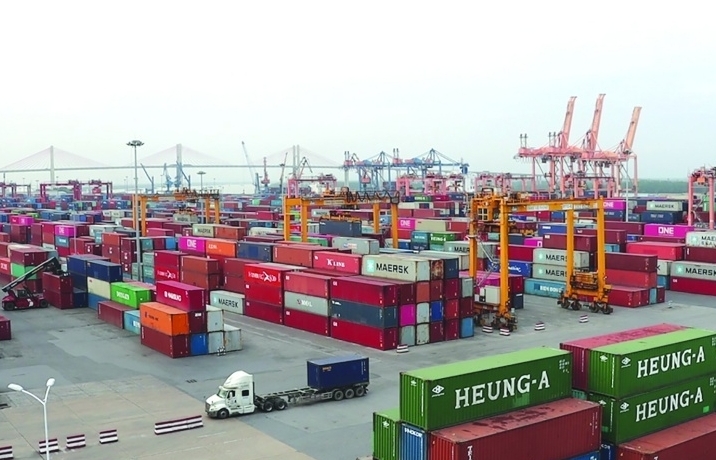
Hai Phong Customs processes more than 1,500 declarations during 2025 Lunar New Year holiday
14:09 | 05/02/2025 Customs
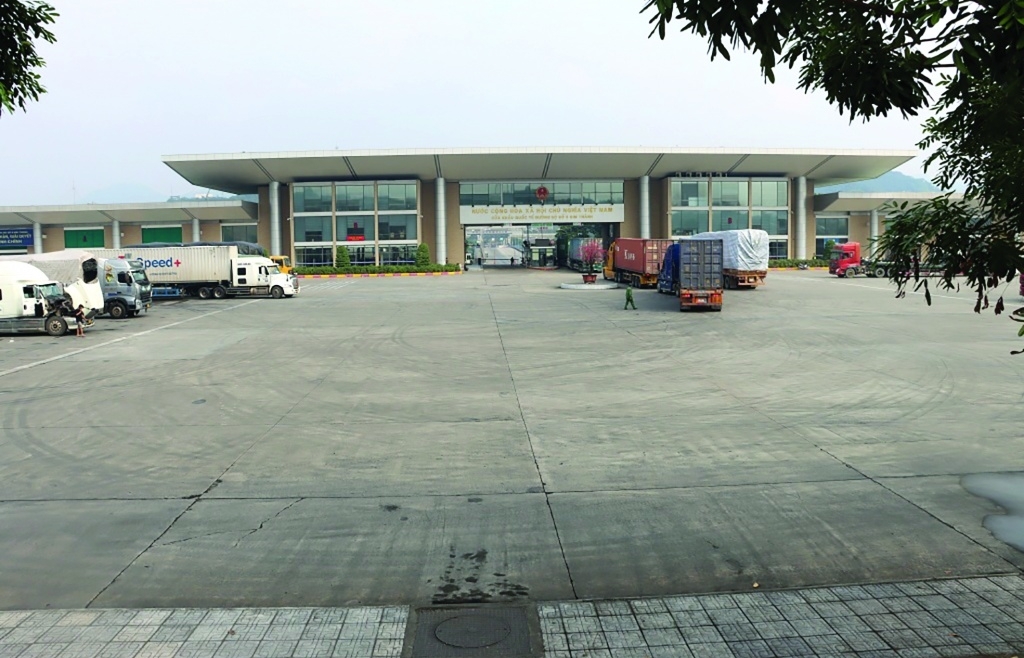
In the first 15 days of 2025, total import-export turnover reached more than US$34 billion
09:58 | 06/02/2025 Import-Export
Latest News

Embracing green exports: a pathway to enter global supply chains
10:33 | 20/02/2025 Import-Export
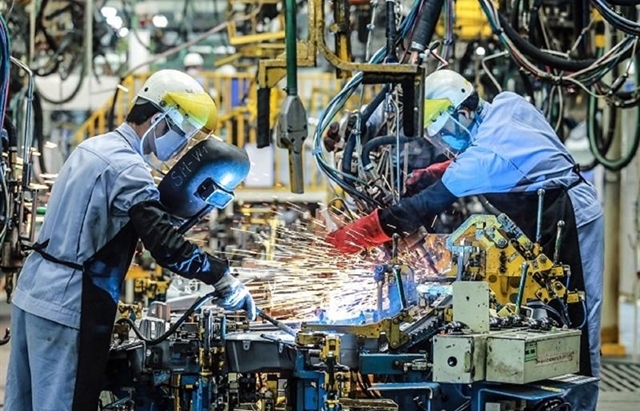
New policy proposed to prevent transfer pricing, tax evasion of FDI enterprises
10:32 | 20/02/2025 Import-Export
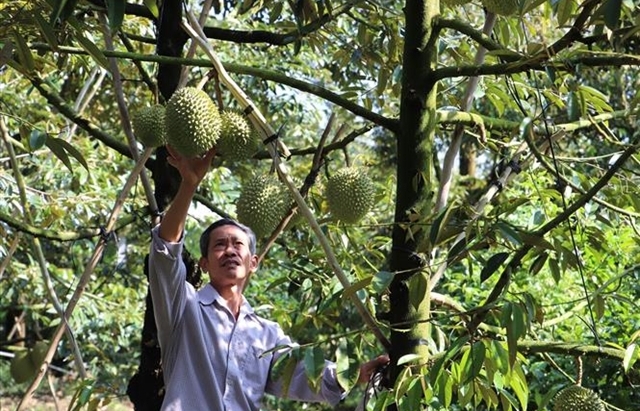
Việt Nam’s durian exports to China plummet by 80%
16:18 | 19/02/2025 Import-Export
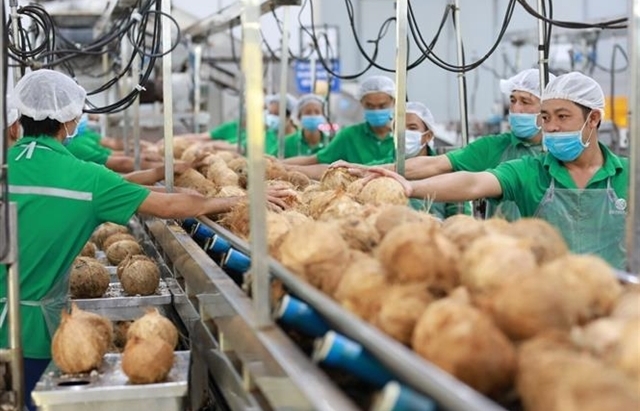
Coconut exports reach 14-year high
15:29 | 18/02/2025 Import-Export
More News

Shrimp exports grow in the first month of 2025
15:28 | 18/02/2025 Import-Export
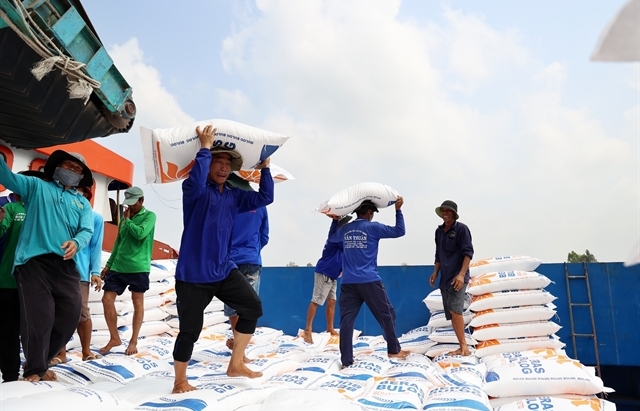
Rice export prices drop, but decline expected to be short-term
08:10 | 17/02/2025 Import-Export
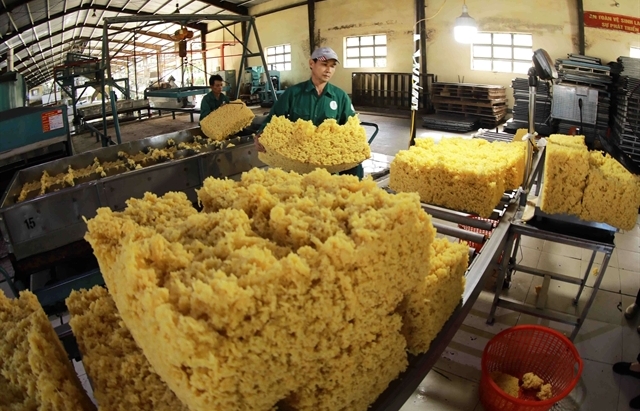
Key agro products expected to maintain export growth this year
08:08 | 17/02/2025 Import-Export
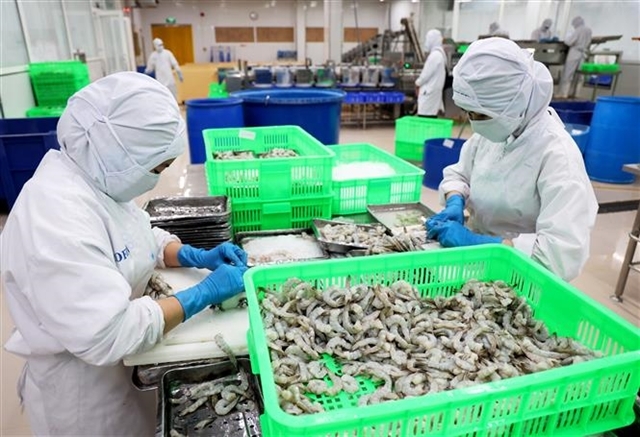
EU issues 12 warnings against Việt Nam’s food and agricultural exports
08:07 | 17/02/2025 Import-Export
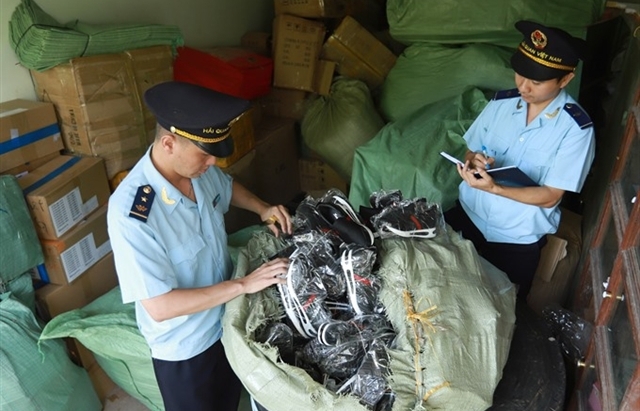
Việt Nam to impose VAT on low-value express-imported goods
08:06 | 17/02/2025 Import-Export

Exchange rate risks need attention in near future
16:31 | 15/02/2025 Import-Export
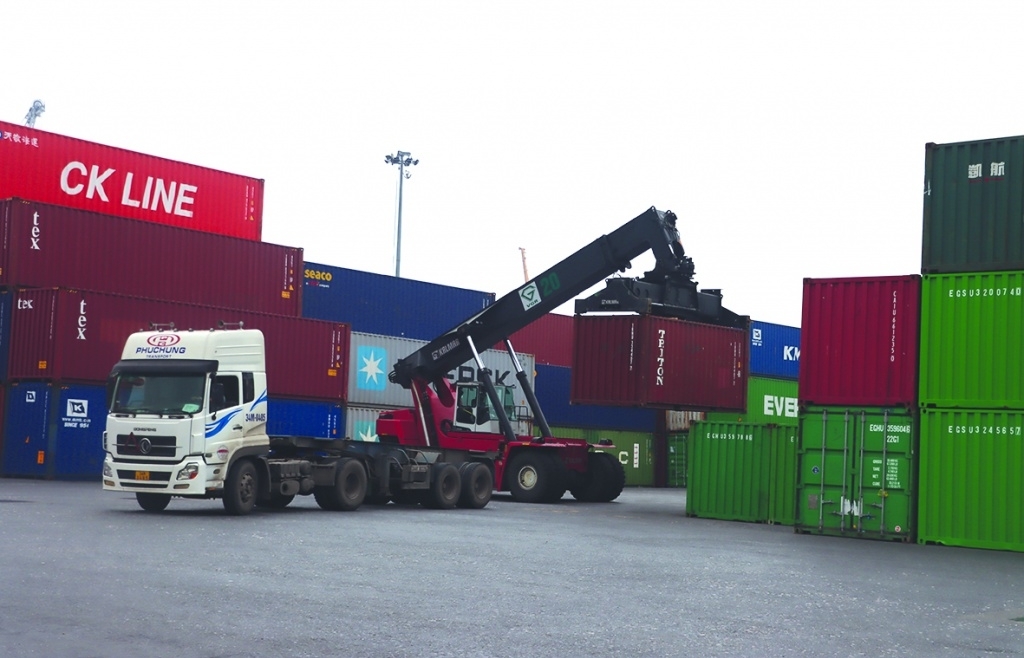
Vietnam kicked off the year with a strong start in trade, exceeding US$63 billion in the first month
16:30 | 15/02/2025 Import-Export

Market edges up slightly as liquidity remains low
14:48 | 14/02/2025 Import-Export

Business regulations must be trimmed for development of enterprises: Experts
14:46 | 14/02/2025 Import-Export
Your care
The system has not recorded your reading habits.
Please Login/Register so that the system can provide articles according to your reading needs.

Embracing green exports: a pathway to enter global supply chains
10:33 | 20/02/2025 Import-Export

New policy proposed to prevent transfer pricing, tax evasion of FDI enterprises
10:32 | 20/02/2025 Import-Export

Việt Nam’s durian exports to China plummet by 80%
16:18 | 19/02/2025 Import-Export

Coconut exports reach 14-year high
15:29 | 18/02/2025 Import-Export
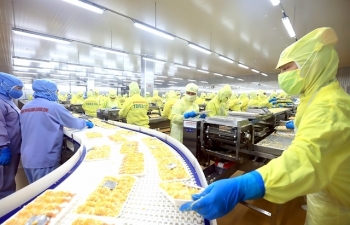
Shrimp exports grow in the first month of 2025
15:28 | 18/02/2025 Import-Export
